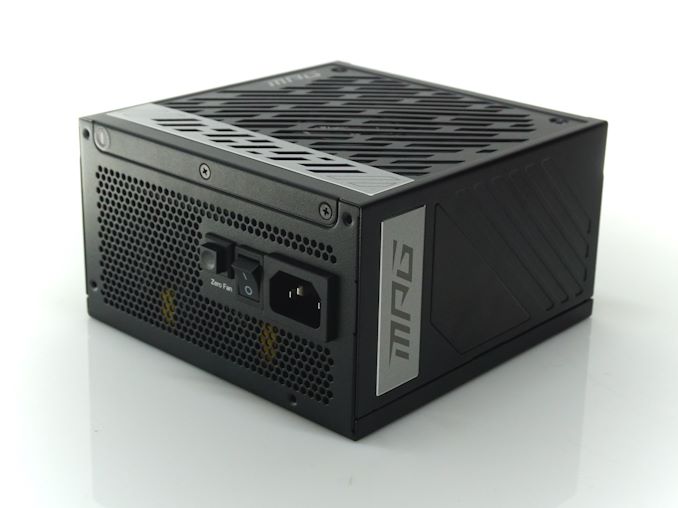So this is a new one for me. I have a bit of a bizarre situation going on with the power button on my rig.
I used to have a Corsair 900D case but after spilling some coffee over the front end of it I noticed that the power button had become sticky then after a while it stopped working all together, this wasn't a big deal because I wanted to replace that big old thing anyway.
So last week I ordered the Lian Li 011D and all was well, the power button on it was doing exactly what it was meant to do until today. The power button will not turn the machine on but it will turn it off.
Interestingly if i reseat the headers with the PSU turned off, once i turn it back on again the button will power up the rig but only once then goes back to not responding.
I've tried the following -
bios update.
cmos reset.
reseating the headers and cleaned them.
checked psu cables.
I'm stumped, I've never had an issue like this before. All i can think of is the JFP1 header is failing on the board but if that was the case would it shut the machine down every time ?
The only thing I have changed since getting the new case was a AGESA windows update.
Any ideas ?
I think my rig is in the sig but if not -
MSI tomahawk x570
5900x
4090
PSU is xfx 1250W black edition.
I used to have a Corsair 900D case but after spilling some coffee over the front end of it I noticed that the power button had become sticky then after a while it stopped working all together, this wasn't a big deal because I wanted to replace that big old thing anyway.
So last week I ordered the Lian Li 011D and all was well, the power button on it was doing exactly what it was meant to do until today. The power button will not turn the machine on but it will turn it off.
Interestingly if i reseat the headers with the PSU turned off, once i turn it back on again the button will power up the rig but only once then goes back to not responding.
I've tried the following -
bios update.
cmos reset.
reseating the headers and cleaned them.
checked psu cables.
I'm stumped, I've never had an issue like this before. All i can think of is the JFP1 header is failing on the board but if that was the case would it shut the machine down every time ?
The only thing I have changed since getting the new case was a AGESA windows update.
Any ideas ?
I think my rig is in the sig but if not -
MSI tomahawk x570
5900x
4090
PSU is xfx 1250W black edition.





